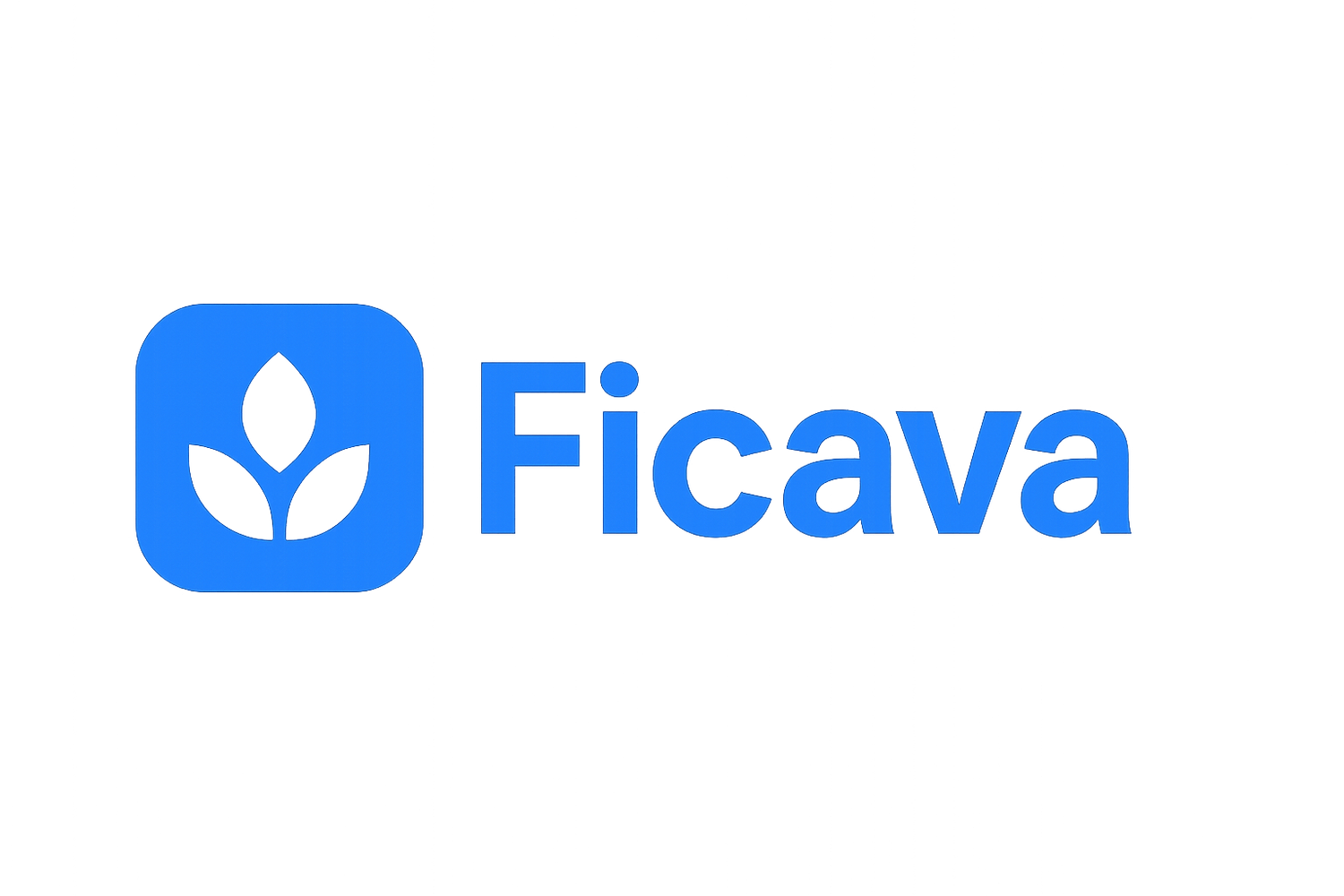How Employers Can Save Thousands with FICA Tax Reduction Strategies
Introduction
Every employer in the U.S. is required to contribute to Federal Insurance Contributions Act (FICA) taxes, which fund Social Security and Medicare. While these payroll taxes are a fixed cost of doing business, many employers don’t realize there are IRS-compliant strategies to significantly reduce this burden.
In this article, we’ll explore how to reduce FICA taxes, the most effective payroll tax savings strategies, and how a growing number of employers are using Preventive Care Management Programs (PCMPs) to unlock thousands in annual savings—without cutting wages or eliminating benefits.
What Are FICA Taxes and Why Do They Matter?
FICA taxes are shared by both employees and employers:
Social Security tax: 6.2% on wages up to the annual limit
Medicare tax: 1.45% on all wages (no cap)
Total employer FICA liability: 7.65% of each employee’s eligible earnings
For a company with 50 employees earning $40,000/year, that’s over $150,000 per year in payroll tax costs—before even factoring in healthcare and other benefits.
FICA Tax Reduction: What’s Possible?
While you can’t opt out of FICA entirely, you can reduce your FICA liability by decreasing the amount of employee income subject to payroll taxes. This is done through pre-tax benefit programs that are sanctioned by the IRS.
One of the most powerful and underutilized methods is the Preventive Care Management Program (PCMP)—a structure that leverages Sections 105, 106, and 213(d) of the Internal Revenue Code to drive FICA savings while improving employee wellness.
How a PCMP Helps Employers Save on FICA Taxes
Here’s how it works:
Pre-Tax Contribution: Employees agree to have a fixed amount deducted from their pay before taxes.
Post-Tax Reimbursement: That same amount is reimbursed back to them after taxes, leaving take-home pay unchanged.
FICA Savings: The employer pays less in FICA tax on that pre-tax income—about $600+ in savings per employee per year.
Qualified Benefits: The funds are used to provide IRS-approved wellness benefits, like telehealth, Rx savings, and preventive care.
It’s a self-funded wellness strategy that turns a tax liability into a cost-neutral employee benefit.
Example: Real Employer FICA Savings
Let’s break it down using a real-world scenario:
Employee salary: $35,000/year
Monthly pre-tax PCMP deduction: $1,200
Total annual pre-tax deductions: $14,400
FICA tax rate (employer portion): 7.65%
The pre-tax deduction reduces the employee’s taxable income from $35,000 to $20,600. That’s $14,400 in income no longer subject to FICA taxes.
Now let’s calculate the employer’s FICA savings:
$14,400 × 7.65% = $1,101.60 in potential FICA savings
However, the program cost (which includes the wellness benefits, administration, and compliance services) typically offsets a portion of that.
In most implementations, the net FICA savings per employee averages between $600 and $650 per year—still a significant gain when you consider the employee’s paycheck stays the same and they receive real wellness benefits in return.
For an employer with 100 enrolled employees, that’s approximately $60,000+ in annual tax savings, with no increase in benefits spending.
Is This IRS Compliant?
Yes. Preventive Care Management Programs (PCMPs) are built on well-established sections of the U.S. tax code and structured to be fully compliant with both IRS and Affordable Care Act (ACA) requirements.
The program uses a Section 125 Cafeteria Plan to facilitate pre-tax payroll deductions, which legally reduces employees’ taxable income and the employer’s FICA tax liability. Section 125 plans are the IRS-approved mechanism for offering certain employee benefits on a pre-tax basis—including medical-related reimbursements.
In addition to Section 125, the PCMP leverages:
Section 105(b) – Allows employers to reimburse employees for qualifying medical expenses
Section 106(a) – Allows for employer-provided coverage of health benefits to be excluded from employee gross income
Section 213(d) – Defines what qualifies as a medical expense eligible for reimbursement
ACA Compatibility – When paired with Minimum Essential Coverage (MEC), the PCMP structure can help employers avoid ACA penalties (A & B)
Ficava’s partners provide all required legal plan documentation and handle compliance oversight from day one—including integration with payroll, communication to employees, and ongoing audit readiness.
Why Most Employers Haven’t Heard of This
This isn’t a loophole—it’s a highly structured benefit model that hasn’t been widely adopted simply because it’s not offered by most traditional insurance brokers or payroll platforms.
Modern vendors like Ficava make implementation simple and fully compliant, offering:
Full onboarding and payroll integration
Legal documentation and audit support
Employee education and opt-in materials
Ongoing benefit delivery and reporting
Conclusion: Turn Payroll Taxes into Strategic Savings
FICA taxes don’t have to be a fixed drain on your budget. By implementing a compliant, modern solution like a Preventive Care Management Program, you can:
Save $600+ per employee, per year
Offer meaningful, no-cost wellness benefits
Maintain employee take-home pay
Stay fully compliant with IRS and ACA rules
It’s one of the few win-win strategies available to employers today.
Interested in seeing how much your business could save?
Get a custom savings analysis with Ficava today.
